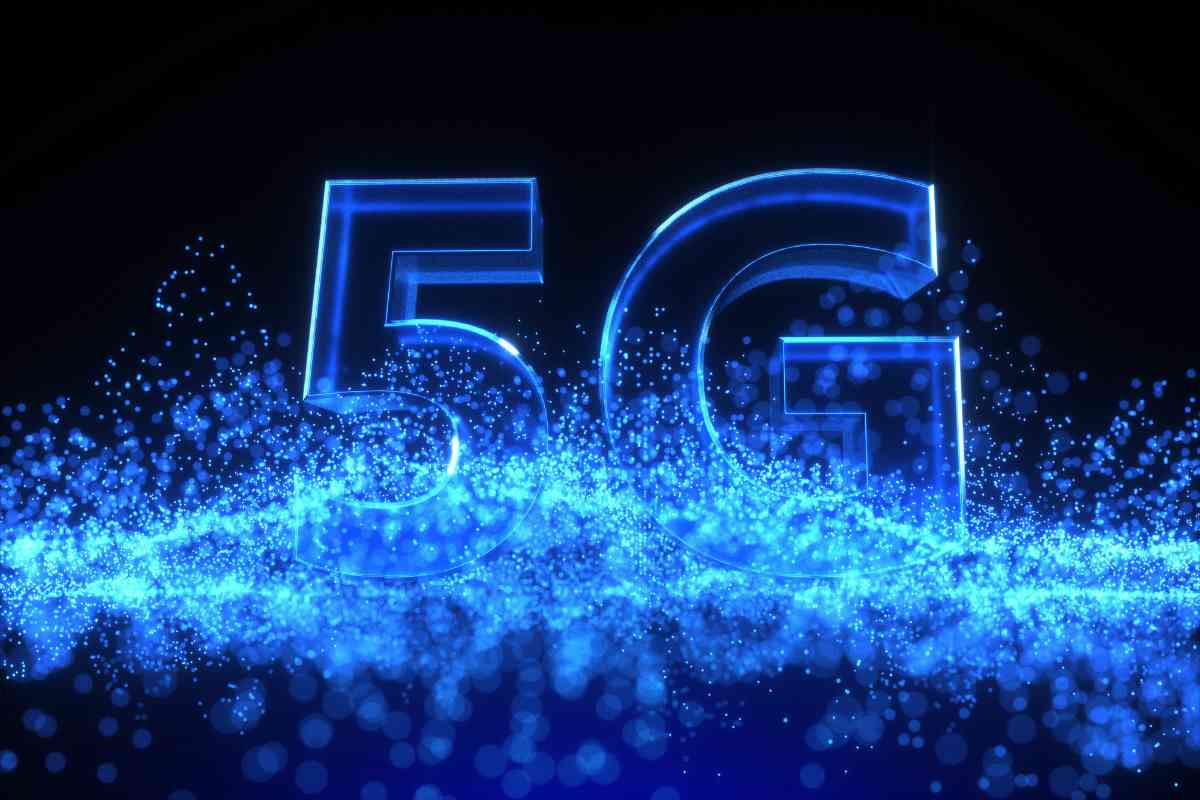C-band spectrum has become a topic of hot discussion for 5G. It is because it has been claimed by various bodies, including aviation as well as broadcasters, to interfere with their respective services. The broadcasters are not happy with the interference that the C-band 5G has caused in the last year since the 5G trials kicked off in India. Airwaves in the 526-698 MHz, 700 MHz, 900 MHz, and so on, including the 3300-3670 MHz bands, have been identified for 5G services. But the broadcasters are worried about the overall interference that this will cause to their services. For the unaware, downlinks by all the broadcasters intended for reception by MSOs (Multi-System Operators) are in the 3700-4200 MHz band. Thus, the broadcasters are concerned about the limited guard band of 30 MHz between 5G and the satellite TV services.
Broadcasters Want a Guard of 100 MHz Between the Two Services
According to an IndianTelevision report, the broadcasters want a minimum guard of 100 MHz be maintained between the two services. This is in accordance with the National Frequency Allocation Policy (NFAP) 2018. Much recently, Prasar Bharti raised concerns regarding the use of 526-698 MHz spectrum for 5G services. The public broadcaster told the Telecom Regulatory Authority of India (TRAI) that for planning DD TV Transmitters, the availability of spectrum in the 600 MHz band is crucial. It is not just the broadcasters against the use of the C-band spectrum for 5G services, but also the aviation industry. Certain aviation bodies have raised objections against the C-band 5G both in India and internationally because it can interfere with the altimeter and other sensitive aircraft equipment. But it hasn’t been proven yet, and mobile industry bodies have claimed that 5G is absolutely safe and is already deployed in some nations where there haven’t been any reports of interference. It will be all clear as to what will happen once the updated NFAP is released by the government.
